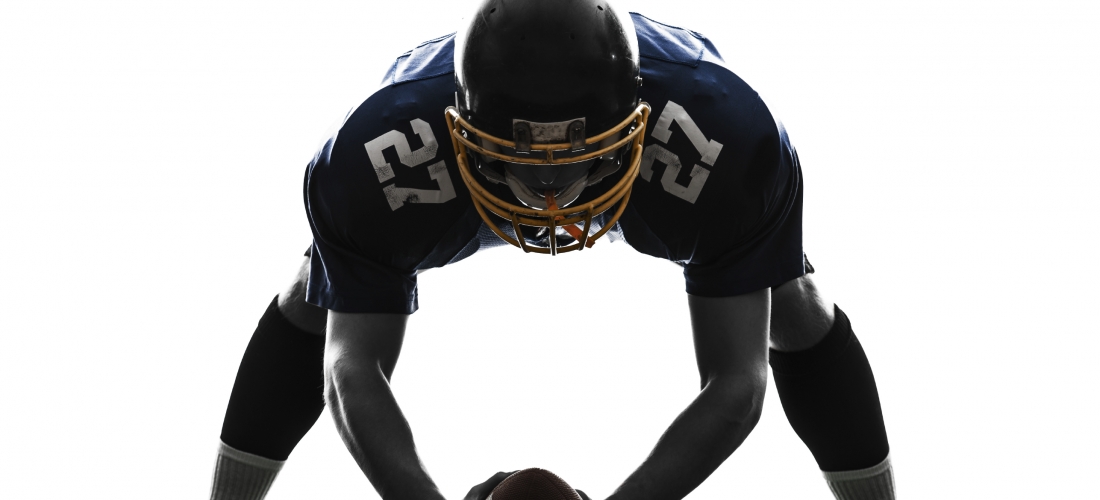Athletes and Postural Correction: The Winning Combination
“You saved me doc, I don’t know what I would do with you!” says the receiver of the 4 time national champion football team to Dr. Wade. He understands the importance of postural correction to optimize his peak athletic performance. Proper postural design for athletes is no game; it is the winning edge.

The athletes who cut corners or skip workouts fall short in the 4th quarter when the heat is on. The athletes who play full out every day but neglect the structural design of their body end up on the sidelines of the championship game due to injury. It’s not just how athletes show up at the beginning of the game, its how they finish when the whistle blows.
It’s the athletes who are consistent, smart, and physically prepared who have the most successful sports careers and victorious outcomes. Regardless of the sports activity and at what level the athlete is competing at, proper posture is always a fundamental component of healthy triumph.
The only exercises worth doing are those that work with the design of the body, not against it. FITPosture was designed by the American Posture Institute to optimize athletic performance, by enhancing athletic mobility, balance, and postural strength.
Consider the top three reasons why every athlete should implement functional postural correction into their training protocol. Learn why athletes and postural correction are the winning combination.
- Static Stretching is Out, Postural Mobility is In:
In the world of athletics it is not enough to increase flexibility. Increasing flexibility via static stretching protocols promotes unnatural flexibility. Unnatural flexibility refers to lengthened muscles attached to a misaligned bony structure. Without first correcting the alignment of the postural framework, muscles will feel more flexible immediately after stretching, but will then become tightened again because their posture doesn’t promote muscular efficiency.
Articulations that are freely moving with optimized range of motion allow the athlete to perform dynamic movements with ease. As joints become immobile, athletes experience pain and fatigue with movement, and structural compensation patterns arise throughout the kinetic chain of movement.
Effective postural correction strategies correct bony alignment and muscular compensation patterns so the athlete can compete with mobile joints, agile muscles, and overall better athletic performance.
- A Balanced Athlete is a Winning Athlete:
How athletes balance themselves in space affects how they perform during the stress of competition. When athletes present with pelvic misalignments, one of the most common postural distortion patterns, the distribution of weight to the lower extremities will be unbalanced. Whether the athlete is in the gym doing squats or out for a run, they are performing dynamic movements with unequal weight distribution, increasing the probability for injury of the hip, knee, or ankle.
All athletes should be doing balance training to improve proprioception and balance ability. The implementation of balance training with a correct postural alignment increases the athlete’s ability to perform at a high level for a long career.
- Postural Collapse Renders Sports Related Injuries:
If an athlete is unable to perform the basic functional human movements without postural collapse, they are inclined to injure themselves while performing these movements with the stressors of velocity and force. Put simply, if the athlete cannot perform a perfect squat or static jump in your office, they won’t be able to maintain a good low defensive basketball stance during the game, or land properly when jumping to catch a hail mary football catch in the end zone.
Athletes should focus on developing postural fitness with the basic functional human movements before expecting to advance to the next level of athletic performance. As the old saying goes, athletes must first master the basics. When basic athletic movements are learned correctly, the athlete develops muscle memory patterns that support proper posture under stress.
By Krista Burns
